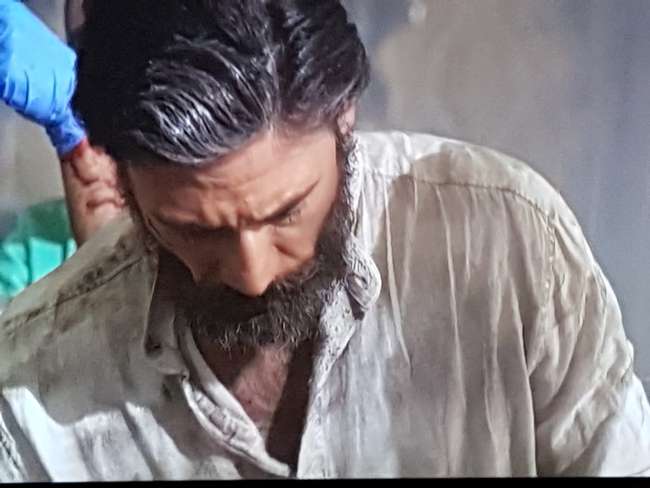
Don Curry on Tour
vakantio.de/doncurryontour
Don Curry in Denmark
Ebimisami: 04.02.2017
Abonnez-vous na Bulletin ya Sango
Don Curry is very interested in history. All political entities, all traditions, all religions did not arise by chance. They are the result of specific situations, specific personalities, and specific turning points in development. Before Don Curry embarks on his travels, he always tries to familiarize himself with the history of the country in question. In this respect, India presents a certain challenge, as this country only understands itself as a unity for a relatively short time and previously did not really have a common history.
Many people primarily think of the long colonial period when they think of India, when the subcontinent was considered the jewel in the crown of the British Empire. But before the British, the Portuguese had already established themselves in the country and even remained when Britain surrendered to Gandhi. But the French and other European powers also dreamed of a colonial empire in Asia and formed their own Indian colonies.
But before Don Curry could devote himself to this topic, he delved deep into an earlier part of Indian history: the time of the mighty Chola kings of South India. Thanjavur once served as their capital and here Rajaraja I. had the first great Chola temple built, the Brihadisvara temple. Yesterday, in the late afternoon, Don Curry was already able to gather initial impressions, today he absolutely had to experience this impressive structure again in the morning light. When he handed over his shoes, he was greeted as a regular customer; the shoe keeper immediately remembered him and even shared the same storage compartment as yesterday: No. 232. In the shining sun, the various buildings of the temple actually looked different again. The great Nandi in front of the entrance now came into its own better, and even the main tower seemed overall slimmer and lighter in the brighter light.

Don Curry enjoyed this second visit very much because he no longer had to look for the artistic highlights of temple design out of tourist interest, but could simply surrender to the special atmosphere of this sanctuary and had time to observe the Hindu pilgrims during their temple visit. And he became eager for more, for more Chola architecture.
One hour later, the parking lot of the next temple could already be reached. In the silk weaver city of Darasuram, the relatively small Airateswara temple is also part of the Chola temple World Heritage Site. This powerful dynasty in southeastern India glorified its power above all through the construction of elaborate temple complexes that were supposed to surpass everything that had come before. The Darasuram temple may represent the smallest specimen of this category, but Don Curry found it to be the most beautiful. Richly sculpted ornamentation covered both the exterior and interior walls, as well as the numerous columns. Unlike the previous South Indian temples, the temple towers lacked colorful painting. However, their golden figure splendor in the sunlight still made an outstanding impression.
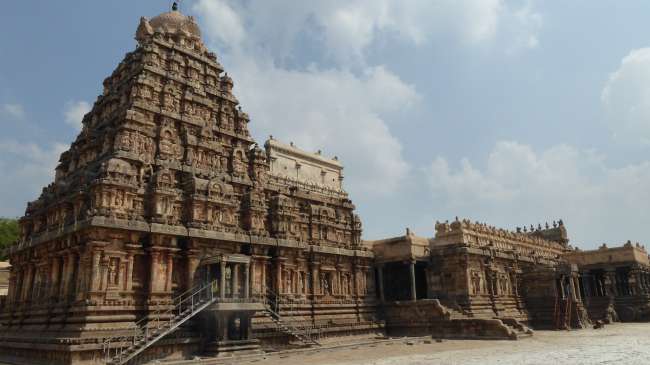
While Don Curry admired the temple extensively, Prince already organized the next part of the program: a visit to a family-owned silk weaving workshop. This turned out to be a true insight into the hard and time-consuming work of silk processing, rather than a touristy presentation. The family only owns two looms, on which mainly silk saris are created with pure manual work and ancient pattern stencils. After inspecting the weaving, Don Curry was presented with some particularly beautifully patterned saris. But even the silk weaver knew that Don Curry would definitely not need or buy any saris; so he also showed him some silk scarves made from the same fabrics as the saris. With the really affordable producer prices and the sympathetic craftsman, Don Curry could not resist making a purchase.
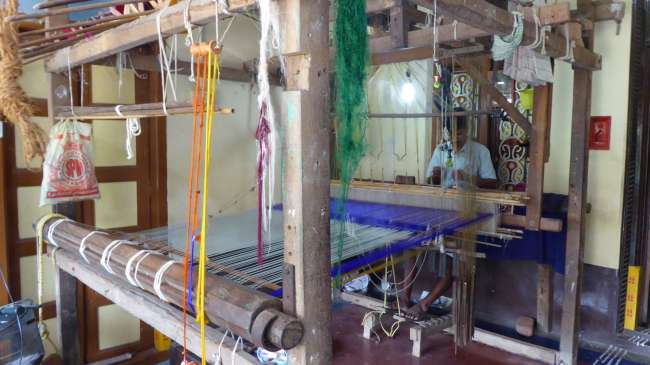
Also located near Darasuram is an INDeco hotel, which Prince recommended for lunch. Don Curry was indeed very pleased with the wide selection and the impeccable execution of the dishes. Only a so-called Waldorf salad proved to be a linguistic and culinary travesty of the American original: it consisted of a layer of finely chopped raw vegetables, homemade mayonnaise without any seasoning as a topping, and a few walnut chips as decoration. The inventor at the Waldorf Astoria in New York would probably be turning in his grave at the sight of this failed plagiarism.
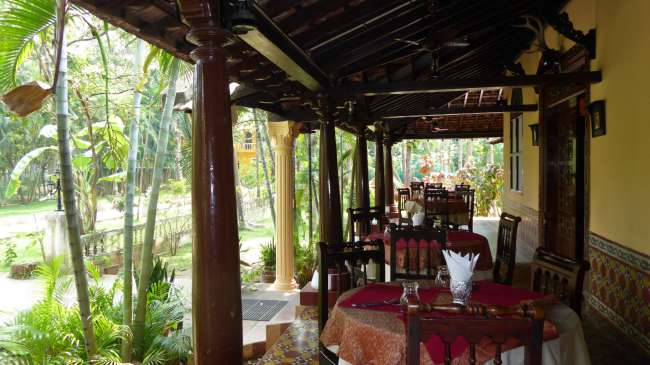
As a whole busload of French people entered the restaurant towards the end of his lunch, the stay was greatly delayed and the previously very attentive service suddenly appeared drastically overwhelmed. So it was not until late that they went to Gangaikondacholapuram, a city founded by the powerful Chola king Rajendra I. after his armies had advanced to the Ganges and brought back large quantities of holy Ganges water. The water found a place at the new temple. Unfortunately, this actually impressive temple appeared more like a construction site than a place of worship, as scaffolding stood everywhere and covered essential parts of the figurative ornamentation.
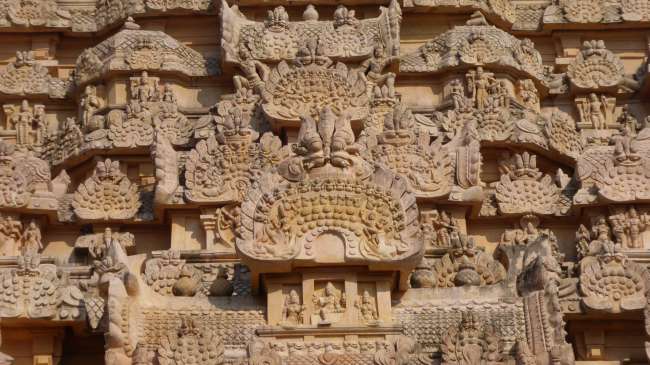
Therefore, Don Curry's visit – to Prince's surprise – remained quite short. His visit to the oldest temple in Kumbakonam was just as brief; many modern and quite kitschy extensions or even "improvements" covered much of the old, artistic adornment. Don Curry was quite disappointed.
After so much exploration in Indian medieval times, a leap in time was now in order: right into the colonial history of the early 17th century. Not only the British, French, and Dutch competed at that time for as large and lucrative a colonial empire as possible, even smaller nations wanted to try their luck. In 1620, a Danish expedition even landed in South India and rented a small fishing village from the Nayak kings of Thanjavur for a monthly fee of 3000 rupees: Tarangambadi, which they themselves called Tranquebar. A mighty Danish fortress was to protect this tiny colony, and at the same time, the attempt began to establish Protestantism in India. For this reason, Tranquebar even saw the first printing press in India. 250 years later, the Danes gave up their colonial experiment and left it to the British. At that time, the British customs authority built a residence for their top local official directly on the beach. This historic building was to serve as Don Curry's accommodation today - a magnificent wooden structure in colonial style with a wide veranda on the first floor.
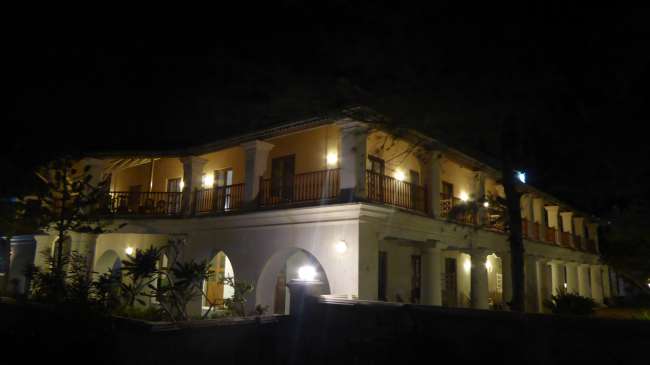
This small, fine hotel offers only eight, though very spacious rooms, all of which are named after Danish ships. Don Curry had reserved a room with a sea view and enjoyed a fantastic view of the Danish fortress to the right, an old Hindu temple to the left, and the crashing sea in front of him from his veranda couch. Only the restaurant disappointed him a bit, as it served neither beer nor fish, but exclusively vegetarian food and non-alcoholic drinks. Nevertheless, this night in the expansive four-poster bed of a historical building was an unforgettable experience. This is how history can leave the pages of a book and become genuinely tangible and experiential...
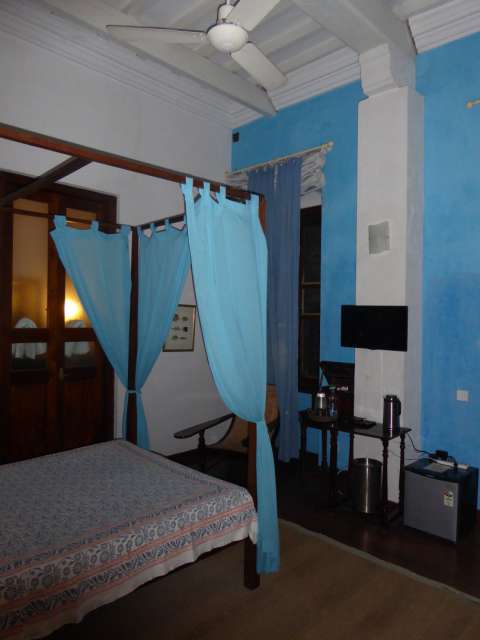
Abonnez-vous na Bulletin ya Sango
Eyano
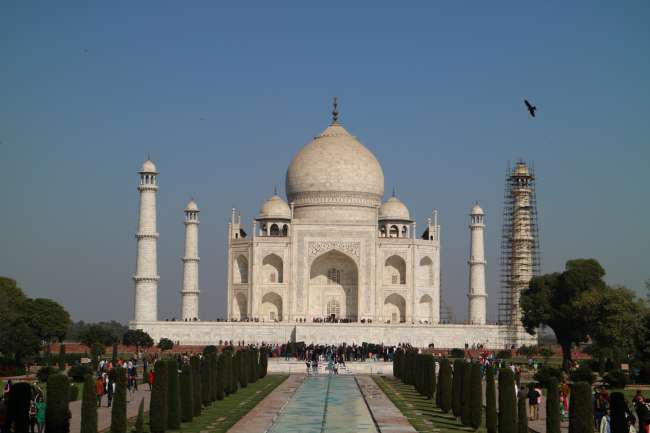
Lapolo ya mobembo Inde
